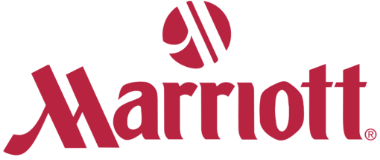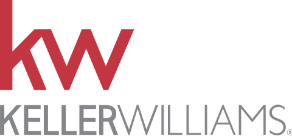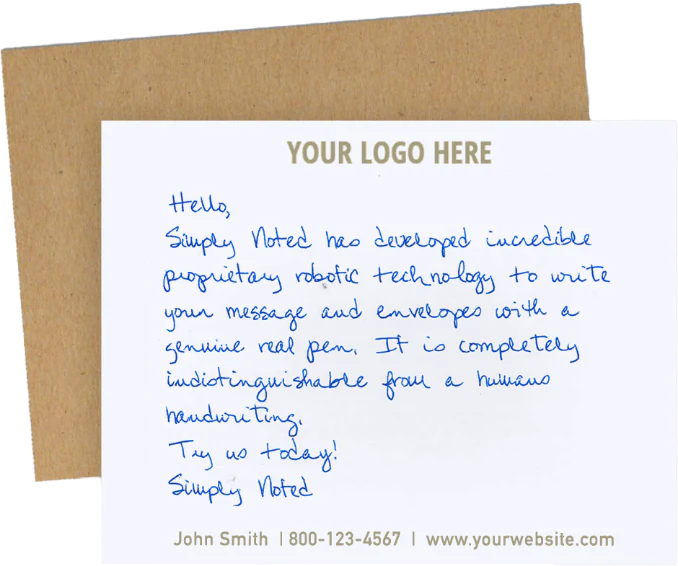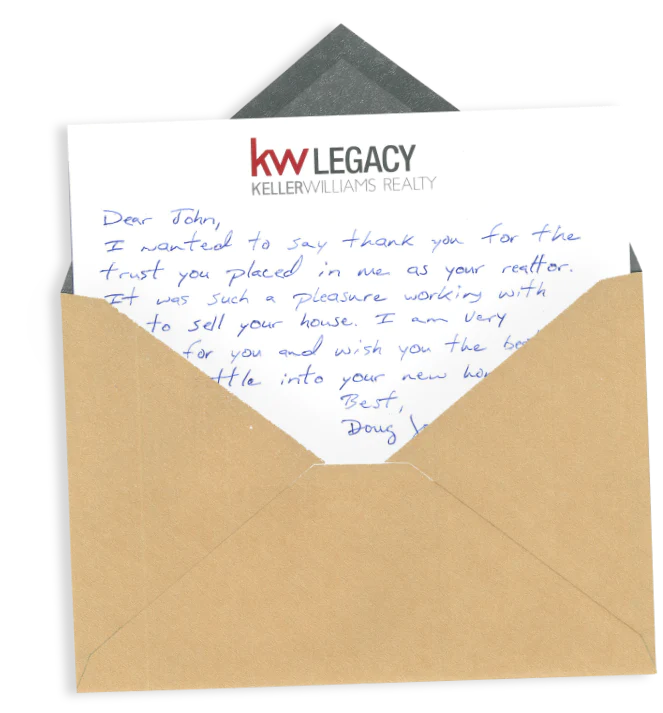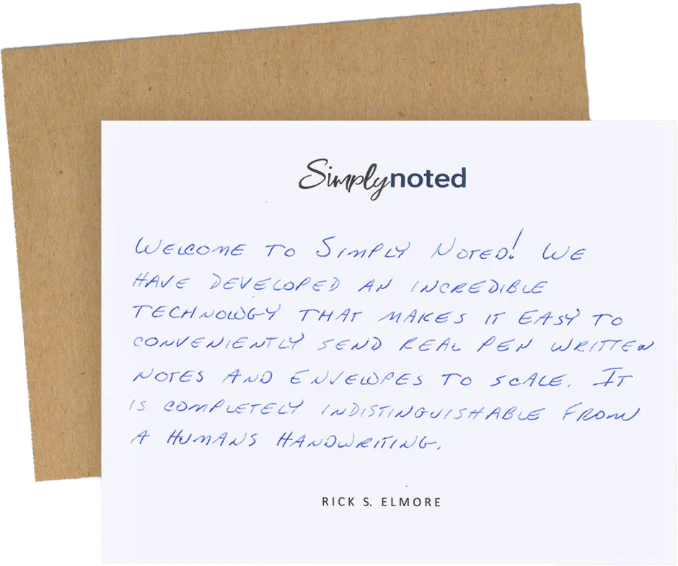10 Sales Enablement Strategies to Drive More Business

“Sales” and “marketing” are familiar terms to anyone in business. “Sales enablement,” on the other hand, could be new to some, but it’s just as critical. Sales enablement provides a company’s sales team everything it needs to maximize effectiveness. That includes tools, training, processes, and content designed to improve alignment between sales and marketing and provide prospects exactly what they need to make a purchase.
When sales enablement is absent, your sales process lacks consistency. A few high-flying salespeople will dominate, while the rest will flounder without support. Enablement adds repeatable strategies, optimized content, and provides necessary training so that every salesperson can shine. The following ten strategies will help fine-tune your organization’s enablement efforts and drive more business through your doors.
SEE ALSO: How to be Great at Sales
LEARN FROM YOUR TOP PERFORMERS
Before you can implement an effective enablement strategy, you need to know what works. Your top-performing salespeople are an excellent source for this information. They know your market and your product better than anyone, and their success proves the value of their methods.
Sit down for one-on-one sessions as well as group discussions. Have them detail their sales processes, including their initial approach, nurturing tactics, and closing methods. Ask them what sort of support would make them even more effective, including training and collateral content.
Your best salespeople already know how to sell to your customers. Use them to guide your enablement efforts.
TAKE SALES AND MARKETING OUT OF THEIR SILOS
A key goal for your sales enablement efforts should be increasing alignment between sales and marketing. The more these two critical functions can operate in lockstep with each other, the smoother your sales funnel will function and the better your overall customer experience will be.
It’s essential you do whatever you can to increase communication between the two departments. Be sure to get buy-in from sales on the collateral marketing designs for them. Simultaneously, check in with marketing to be certain that sales is using the content provided to them effectively.

PROVIDE THE TOOLS YOUR TEAM NEEDS FOR SUCCESS
A handful of brochures and a website aren’t going to cut it in today’s world. Modern sales requires a host of standardized, optimized tools for use both online and off.
Your sales team will need a CRM to track leads and keep lines of communication open. They’ll also need sales automation tools to help qualify leads and segment them for personalized sales efforts. Additionally, they need print collateral, sales messaging, product specifications, and various channels for interfacing with customers, including phone, chat, email, and more.
Salespeople that don’t get the tools they need to be effective either find them on their own or, more frequently, simply fail to sell.
PROVIDE CLEAR GUIDELINES FOR LEAD QUALIFICATION
Not all leads are created equal. Only a percentage of them are likely to turn into sales. The sooner you can determine who those leads are, and the more accurate you can make your lead qualification process, the more focused and efficient your sales efforts will be.
Decide on consistent qualification criteria and apply them to each lead in your pipeline. Most importantly, both sales and marketing should agree on what makes a qualified lead.

LEVERAGE AUTOMATION AND SCRIPTED CONTENT
Salespeople, like the rest of us, only have so many hours in a day. The more your sales enablement team can automate drudge work and standardize common sales messaging, the more selling your salespeople will be able to do.
Design email templates with proven sales language and tune them for quick responses to common questions and complaints. Use automation software to create complex workflows that will automatically deliver critical messaging at critical points in your funnel. Create phone scripts for inbound and outbound use. In short, provide your salespeople the tools they need to be effective.
USE YOUR CONTENT EFFICIENTLY
Your marketing department likely creates a considerable amount of content in the execution of its duties. Some of this may be marketing-centric, but a fair amount can be repurposed as sales tools. This allows you to get extra mileage out of the content you’ve already created for a minimal additional investment.
Better still, have your marketing department create all future content with an eye for sharing. Have them find ways to make as much content as possible useful to both departments. Not only does this keep your content relevant across your sales process, but it also makes sure that it’s consistent across every encounter with your prospects.
GET TO KNOW YOUR CUSTOMERS
Your existing customers didn’t choose you arbitrarily. They had reasons for selecting you over your competition. Talk with them and learn what it is that they value about you. What was it that motivated choosing you? What might have made the decision easier?
Simultaneously, build profiles of the sorts of people that buy your product or service. Learn what makes them tick and then design collateral targeted explicitly at what’s important to them. This information will be critical for sales team members trying to develop future relationships.

PROVIDE TRAINING ON A CONTINUAL BASIS
Most organizations provide training, but it’s often not frequent enough. Employees might receive initial training as a part of their onboarding, followed by annual refreshers and supplements. This could be enough for staff members with exceptional memories, but others are likely to forget a lot when training only happens once or twice a year.
Instead, provide access to continual training. Offer constant opportunities for improvement. And anytime you make a change to a process or alter a critical piece of content, immediately update your training resources to ensure that everyone’s on the same page.
PAY ATTENTION TO KEY METRICS
You can’t track what you can’t measure. Without defined metrics, your sales enablement strategies are a non-starter. Everyone will know what they’re supposed to do, but management won’t have any way to demonstrate that it’s being done.
Examine your organization’s overall goals and then create key metrics that give insight into your sales team’s performance. Use this data to focus your training efforts so that each salesperson gets the support they need to thrive.
SEE ALSO: 10 Ways Custom Business Thank You Cards Can Make You Money
INCLUDE CASE STUDIES WITH YOUR STANDARD SALES CONTENT
Case studies are one of the most effective types of sales content, but they’re often overlooked. They provide real-world proof of your salespeople’s claims. With a few well-executed case studies under their belt, a salesperson can claim your organization is the best and then show prospects specific examples of how that’s true. Social proof is highly effective at winning hearts and minds.
At Simply Noted, we use all of these daily to help drive our sales efforts and hope that they work for you as well as they work for us. Good luck!


